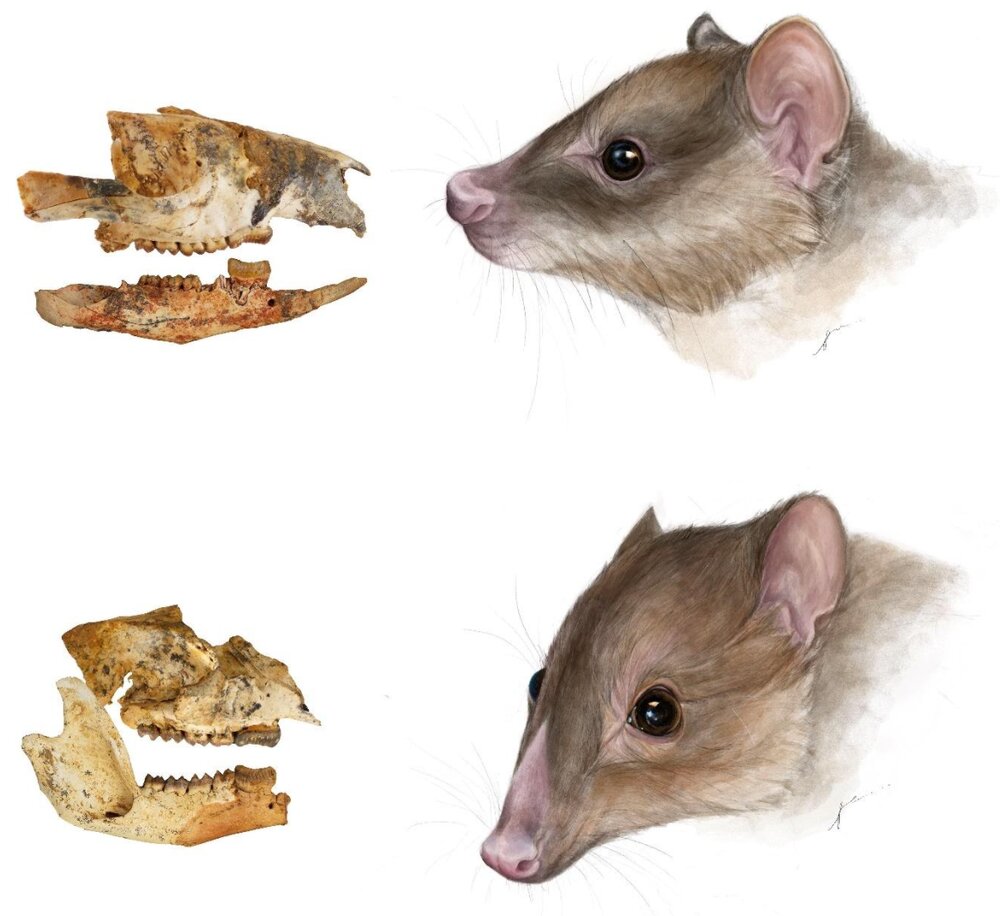Kangaroos have such a passion for leaves that they have developed the capacity to consume them at least four times over their evolutionary history, according to a recent fossil study. There are now around 60 species of kangaroos, wallabies, bettongs, and rat-kangaroos residing in Australia and New Guinea. But their variety through time is even more amazing: just 100,000 years ago, Australia had multiple kinds of huge kangaroos, including the giant short-faced kangaroos, which, strangely, didn't hop but instead moved like a theropod dinosaur like Velociraptor.
Going back even farther in time, to roughly 20 million years ago, there existed a plethora of other intriguing kangaroos, some of which were direct progenitors of today's species. These animals were often no bigger than a wallaby, yet they were incredibly diversified, including kangaroos with fangs, kangaroos that could eat meat, and much more. All of this is attributable to the spectacular fossils unearthed at Riversleigh World Heritage Area in north-western Queensland, possibly Australia's most famous fossil destination. So far, over 30 species of ancient kangaroos have been discovered here. And the two most recently discovered ones bring an intriguing new twist to their evolutionary story.
Our most recent finding, published today, identifies two new species of ancient kangaroos: Gumardee webbi and Gumardee keari, which coexisted in the Riversleigh rainforest some 18 million years ago. They are represented by a few fragmentary skulls and jaws, which can reveal a lot about the biology of these ancient creatures. These kangaroos would have weighed 3–4 kilos and been around the size of a quokka. Their teeth, however, are the most remarkable aspect of them. Their molar blade design is most adapted to consuming leaves from trees and shrubs. This is remarkable given their predecessor, Gumardee springae, existed roughly 6 million years ago in the same place and possessed teeth that were better adapted to a larger range of foods like fruits, mushrooms, and insects.
Gumardee pascuali and Gumardee richi, two previously known species, were midway between these two groupings in terms of evolutionary age and tooth patterning. As a result, the Riversleigh fossils show the evolutionary process of kangaroo teeth evolving and adapting to diverse meals.
Surprisingly, this is not the first time this has occurred in the kangaroo fossil record. The late paleontologist Bernie Cooke researched Riversleigh's kangaroos in great detail in the late 1990s and early 2000s and determined that the progenitors of current kangaroos were generalists, feeding largely forest fruits, fungus, and insects, and gradually gained the capacity to consume leaves over time. Kangaroos and wallabies today exclusively consume leaves from shrubs or grass, but rat-kangaroos, bettongs, and potoroos, like prehistoric kangaroos, eat fungus, fruits, and insects. He even established that the fanged kangaroos, another family of ancient kangaroos at Riversleigh, independently gained the same capacity to chew leaves at the same period.
Another distinct development of leaf-eating was also discovered in South Australian fossil sites, making this the third recorded case in kangaroos. The two new species identified at Riversleigh are therefore the fourth time leaf-eating has been observed in the kangaroo fossil record. Only one of these four groupings (Cooke's Riversleigh species) is a direct evolutionary ancestor of today's kangaroos and wallabies. The other three groups that pioneered leaf-eating all went out: the South Australian species around 23 million years ago, the Gumardee group about 15 million years ago, and the fanged kangaroos about 10 million years ago.
The obvious concerns are why did all of these groups die out, and does this suggest that today's kangaroos and wallabies have evolved to consume a dangerous and highly specialized diet? We know their predecessors ate fruits, fungus, and insects, but so did many other marsupial species, including bandicoots and possums. Indeed, there were so many of these different marsupial rivals that it would have made evolutionary sense for ancient kangaroos to diversify into other diets, notably leaves, which would have been accessible all year round as opposed to seasonal fruits.
So, why didn't they make it? They weren't the only ones that discovered how to consume leaves during the time. Because it occurs in possums, koalas, and wombats, the competition was fierce. We've always understood that Australia is a difficult place to live. Riversleigh's fossils, which date back more than 10 million years in Australia's evolutionary history, demonstrate how difficult it would have been.




0 Comments